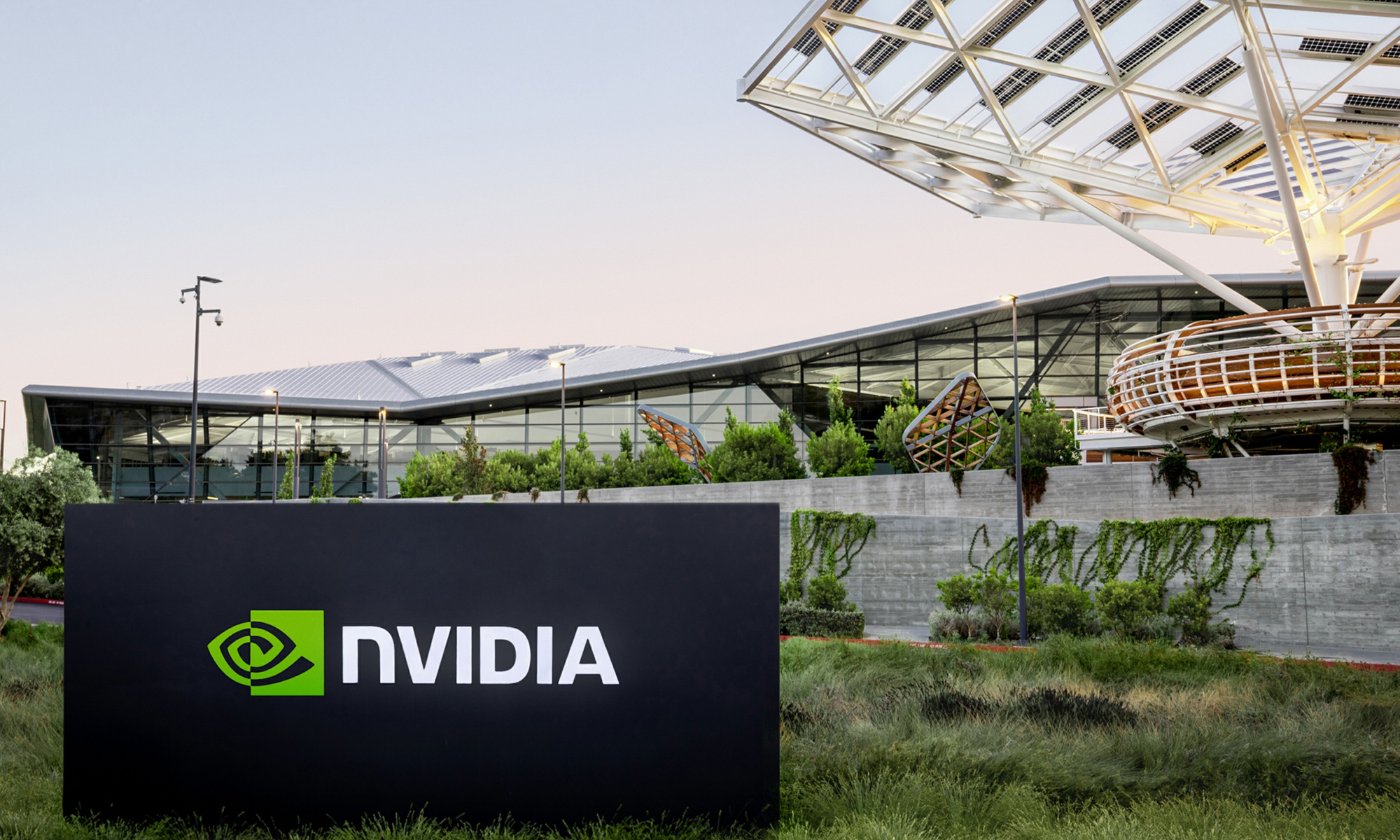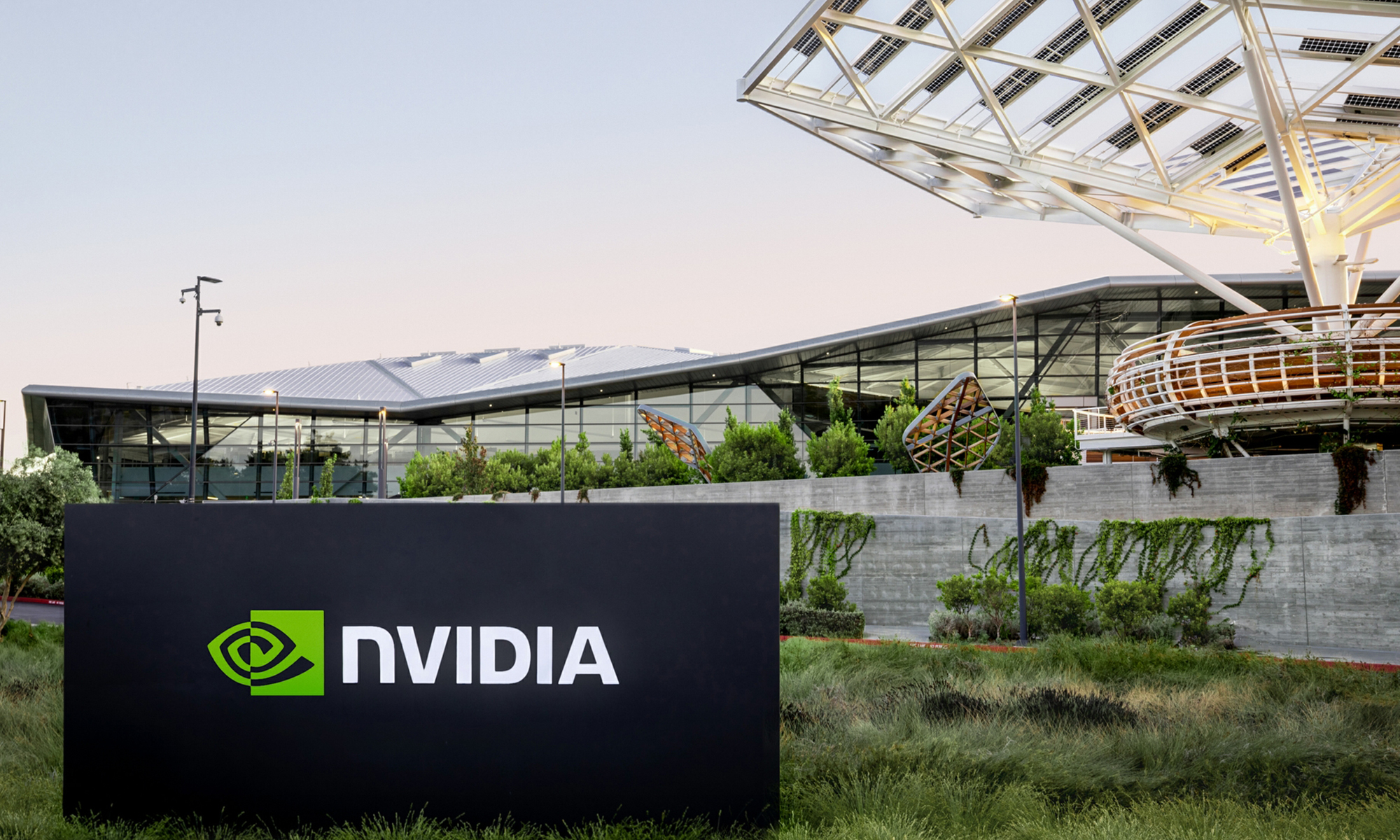Last month, the U.S. government formally took a 10% stake in Intel (INTC +0.11%). This month, Nvidia (NVDA +1.02%) is joining the fray, taking a roughly 4% stake in the company following a $5 billion investment.
The deal surprised many investors given Nvidia has amassed such a dominant lead in key growth areas like artificial intelligence (AI). And notably, the $5 billion price tag is relative chump change for Nvidia. That figure represents just 0.1% of Nvidia's current market cap. But when you dig deeper, the partnership between Intel and Nvidia makes a lot of sense. In fact, there are two promising reasons the deal could help solidify Nvidia's leading market share for AI chips.

NASDAQ: NVDA
Key Data Points
The details of the Nvidia and Intel partnership are revealing
Let's take a direct look at the details of this partnership, beginning with some comments from Nvidia CEO Jensen Huang to understand what exactly is going on.
"This historic collaboration tightly couples Nvidia's AI and accelerated computing stack with Intel's CPUs and the vast x86 ecosystem -- a fusion of two world-class platforms," Huang said in a news release. "Together, we will expand our ecosystems and lay the foundation for the next era of computing."
While there is some technical jargon in these comments, they get to the heart of what this partnership is all about. Nvidia has had a heavy lead in AI chips for years. Many estimates peg the company with a 90% market share in this category. Intel, meanwhile, still holds a heavy lead in CPU market share. Its chips in that category control around 60% of the market. Around 50% of desktops run on Intel chips, plus 73% of laptops and 76% of servers. It is this server market share that Nvidia is most interested in.
Since 2021, Intel stock lost around 50% of its value. Nvidia shares, meanwhile, gained more than 1,000%. Why such a difference in performance if both companies have high market shares in their respective categories? According to the Center for Security and Emerging Technology at Georgetown University, "The success of modern AI techniques relies on computation on a scale unimaginable even a few years ago." The AI chips of today, the center adds, "are tens or even thousands of times faster and more efficient than CPUs for training and inference of AI algorithms."
The AI market is expected to grow by 30% or more per year for decades to come. With early investment, Nvidia was able to dominate this huge growth market, which demands parallel processors designed to run thousands of simultaneous operations over more general-purpose processors that Intel produces.
Still, the AI industry requires both AI-focused GPU and CPU chips to function. CPU chips can excel in low-latency tasks where efficiency is a priority. And data centers around the world leverage both CPUs and GPUs to operate.
The partnership between Intel and Nvidia essentially commits Intel to build custom x86 CPUs for Nvidia's AI infrastructure platforms. It also requires Nvidia to integrate its GPUs more directly into Intel's client PCs. The result is a mutually embedded ecosystem that can improve the performance and efficiency of both companies' products. It's why Huang described the partnership as a "fusion of two world-class platforms" that will help both companies expand their ecosystems.

Image source: Getty Images.
Both Intel and Nvidia come out as winners
This partnership ensures two things.
First, Nvidia will now have a tighter grip on its hardware stack. As the company proved with its CUDA developer platform, Nvidia is very skilled at integrating various components to maximize performance and vendor lock-in. More control over the CPU side of the stack gives Nvidia even more ability to advance its tech stack in ways that competitors can't match -- at least for now.

NASDAQ: INTC
Key Data Points
Intel, meanwhile, will now be able to integrate Nvidia's leading AI capabilities in ways its competitors will find difficult to match. CPUs are already being designed with dedicated AI cores, and the combination of Intel's and Nvidia's technology should make Intel's chips more appealing to its end markets, especially data centers looking to add more Nvidia chips. Intel CPUs now become the clear complementary solution.
Nvidia's $5 billion investment isn't the key mover in this story. Instead, it's the intertwining of each company's tech stack that will provide the most long-term benefits.





